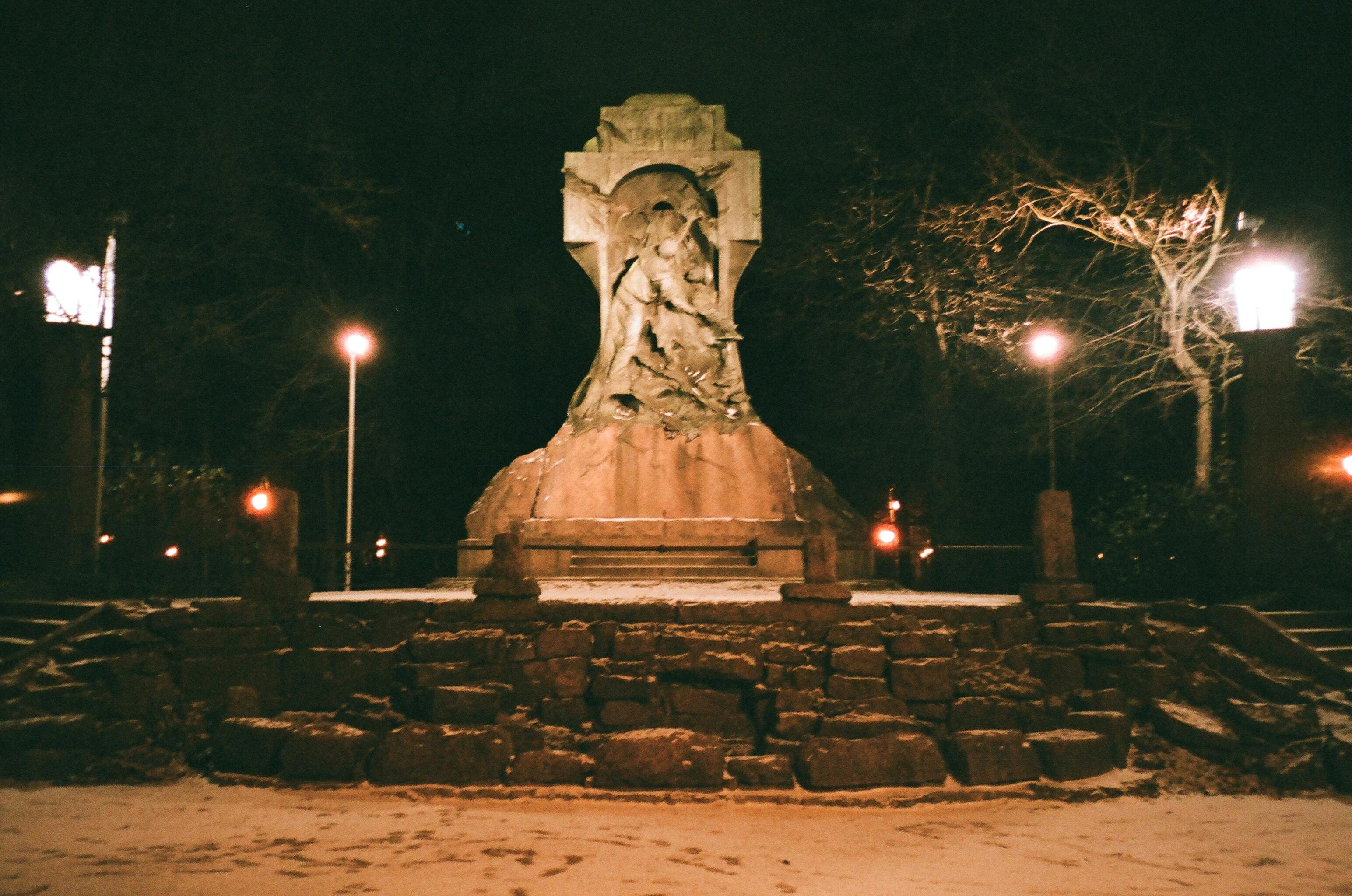
Amsterdam has a high proportion of ethnic minorities compared to the rest of Europe, currently 45%. The population register now contains more than 150 different nationalities. Within ten years half of the population will be of foreign origin.
The City spends substantial sums to prevent ghettoization in districts with an overrepresentation of ethnic minorities. A Social Diversity Policy document released in the summer of 1998 will give new impetus to the City’s minority strategy. It will deal with those groups that may suffer social discrimination. Article 1 of the Dutch Constitution prohibits discrimination based on a person’s beliefs, race or sexual preferences. In 1996, the City of Amsterdam added to this article its own code of conduct for local authority staff, as well as a complaints plan and an anti-discrimination office. The ethnic composition of the civil service in the city should reflect the population of the city. The main ethnic minority groups are Creoles and Hindustanis from Suriname (72,000), Moroccans (57,000), Turks (35,000) and immigrants from the Netherlands Antilles and Aruba (12,000). Amsterdam also contains around 26,000 Chinese and has its own ‘Chinatown’, located in the Nieuwmarkt area. In 2000, the first Chinese Buddhist temple was opened in Zeedijk. There are also about 76,000 immigrants from other non-industrialized countries, such as Ghana and Pakistan. The local cable network in Salto broadcasts programs made by and for immigrants on the Immigrant TV Broadcasting Association (MTV) in Amsterdam. The Municipality has installed five advisory bodies to assist it in its migrant policy.
politics on women
Support for the emancipation of women and people who are discriminated against because of their sexual preferences is part of the city’s policy. The city follows a specific emancipation policy and in 1995 set up the Women’s Ombudsman Service to deal with complaints related to the legal and social situation of ‘black, white and immigrant women’ in Amsterdam. The addresses of more than one hundred help, advice and contact organizations are included in the ‘Yellow Pages for Women’ (Gele Gids voor Vrouwen) published by the Office for Multicultural Emancipation.
jewish amsterdam
Amsterdam has had a Jewish quarter for over 350 years. The district was depopulated during the German occupation in World War II.
Initially, the neighborhood was outside the city walls and was inhabited mainly by Jews originating from Spain and Portugal, including the family of the philosopher Baruch Spinoza. Rembrandt felt at home in the colorful Jewish environment, found wonderful models there and had his house built in Jodenbreestraat: the Rembrandt House. The 17th century also saw the beginning of an influx of Central and Eastern European Jews to Amsterdam.
The city became their ‘makum’, the second Jerusalem, and to this day Amsterdam is affectionately referred to by its older inhabitants as ‘Môkum’. In the most Jewish part of the city, around the Jonas Daniël Meijerplein, there are four old synagogues from the 17th and 18th centuries, which since 1987 together form the Jewish Historical Museum, and the ‘esnoga’ (synagogue) of the Jews Sephardim from 1671 to 1675, which is still lit with candles on the eve of Saturday and on holidays.
The village of Ouderkerk aan de Amstel has been home to the picturesque cemetery of the Sephardic community since 1641.
Sephardic Jews from Amsterdam migrated to Suriname in the 17th and 18th centuries, where they established sugar plantations. Others founded the first synagogue in the New World, in Willemstad on the island of Curaçao.
Amsterdam is home to the largest collection of Jewish books in Europe, the Bibliotheca Rosenthaliana. The books were donated to the city in 1890 by the heirs of the German polymath Leeser Rosenthal (1794-1868); they were stolen during the German occupation, but were rediscovered almost intact after 1945. They constitute a ‘treasury of Jewish literature’, which is part of the University Library.
The policy on homosexuality
The Municipality applies an active policy to combat discrimination against homosexuals and lesbians. Gays and lesbians who visit Amsterdam find the tolerant atmosphere a breath of fresh air. At the foot of the Wester-kerk church there is a monument consisting of three triangles of pink granite. It is the only monument to the victims of the persecution and discrimination of homosexuals in the world. The city is listed by the International Gay Travel Association as one of the top destinations in the East and West for gay travelers. 80% of gay Americans visiting Europe visit Amsterdam, and 6% of all foreign visitors to the city center visit places that are gay favorites.
Amsterdam Mayor Job Cohen was the registrar at the first same-sex civil marriage ceremony at City Hall, held in the early morning of April 1, 2001. Four same-sex couples said ‘Yes, I do’ and they placed their signatures in the Register. , for the first time enjoying the same legal status as a different-sex married couple. In his previous role as Secretary of State for Justice, Mr. Cohen was instrumental in ensuring that this legislation made it to the statute book. The opening of civil marriage to same-sex couples was approved by the Dutch government in December 2000. The Netherlands had already introduced registration of same-sex couples, another legal milestone, in 1998.
Amsterdam, the habitat of Ines’Gloves – http://www.gloveseurope.com
With thanks to the city of Amsterdam
With thanks to the City of Amsterdam…
Leave a Reply